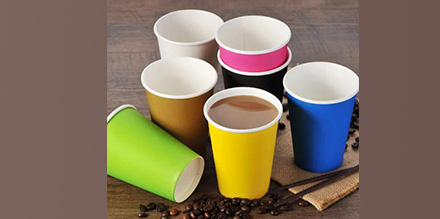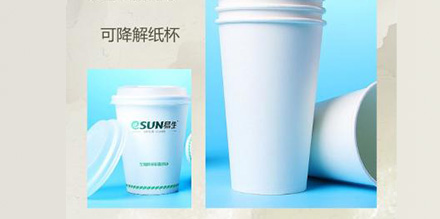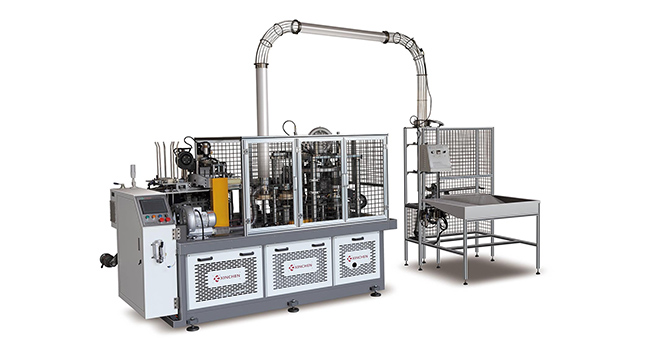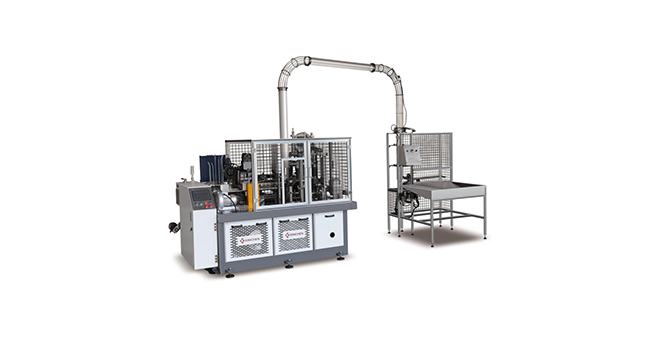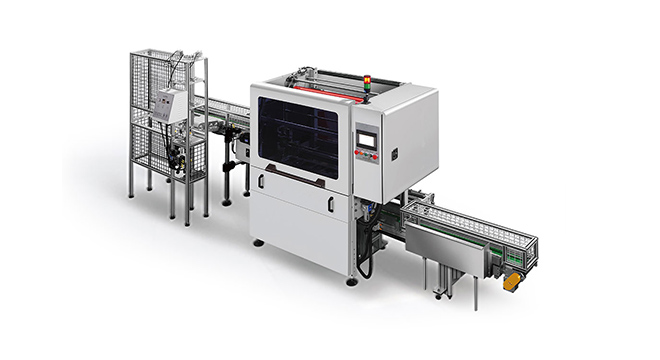As an important component of disposable tableware, paper cups have a stable market demand worldwide, especially in catering services, office places, fast food industry and family gatherings. The following is a comprehensive analysis of the paper cup market:
1. Market size and growth
Global market:
The global paper cup market size in 2023 is about US$12 billion, and it is expected to grow at a compound annual growth rate (CAGR) of **5%-6%** by 2030, mainly driven by the following factors:
The expansion of the takeaway and fast food industries (such as the demand of chain brands such as McDonald's and Starbucks).
Environmental protection policies promote the popularity of degradable paper cups (such as the EU plastic ban and China's "plastic restriction order").
Consumption upgrades in emerging markets (such as Southeast Asia and India).
Chinese market:
China is one of the world's largest paper cup producers and consumers, with a market size of more than 20 billion per year in 2023, accounting for about 30% of the global market share. With the rise of milk tea and coffee culture (such as brands such as Mixue Ice City and Luckin Coffee), the demand for paper cups continues to grow.
2. Product classification
By material:
PE coated paper cup: traditional paper cup, waterproof but difficult to degrade (dominates the mainstream market).
PLA coated paper cup: uses biodegradable bioplastic (polylactic acid), environmentally friendly but expensive.
Non-coated paper cup: needs to be used with a cup sleeve, suitable for short-term storage.
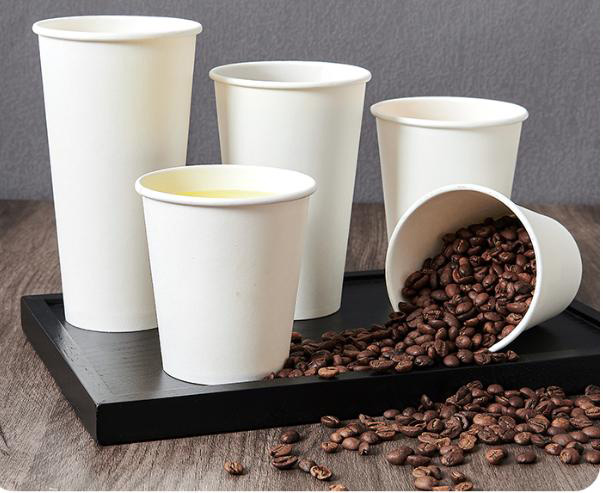
By use:
Hot drink cup (high temperature resistant, double-layer design).
Cold drink cup (surface condensation treatment).
Customized printed cup (brand promotion, event gifts).
3. Industry chain analysis
Upstream: pulp (wood pulp, bamboo pulp), PE/PLA coated materials, printing inks.
Midstream: paper cup production (major Chinese manufacturers include Anhui Sanhuan, Zhejiang Pangdu, Fujian Nanwang Technology, etc.).
Downstream: restaurant chains, convenience stores, enterprises and institutions, online retail (such as customized e-commerce orders).
4. Competition landscape
International brands:
Dart Container (USA), Huhtamaki (Finland), Graphic Packaging (subsidiary of International Paper).
Domestic brands:
Nanwang Technology: Focuses on environmentally friendly paper cups, and its customers include KFC and Mixue Ice City.
Jialian Technology: Leading in biodegradable material technology.
Small and medium-sized manufacturers: Fierce price competition, concentrated in the low-end market.
5. Industry trends and challenges
Trends:
Environmental protection: PLA coating, water-based ink and other degradable solutions have become the focus of research and development.
Intelligent production: Automated equipment reduces labor costs (such as high-speed paper cup forming machines).
Customized demand: Brand co-branding, holiday limited edition paper cups increase added value.
Challenges:
Raw material price fluctuations (pulp and PLA are expensive).
Environmental regulations are becoming stricter (such as the EU SUP directive requiring an increase in the recycling rate of paper cups).
Competition from substitutes (such as reusable cups, silicone folding cups).
6. Consumer preferences
Catering industry: More attention to cost, waterproofness and stacking stability.
Individual users: Prefer environmentally friendly materials and personalized designs (such as Internet celebrity check-in cups).
Enterprise procurement: focus on mass customization and brand exposure.
7. Investment and entrepreneurial opportunities
Environmentally friendly materials: develop low-cost PLA or alternative coating technology.
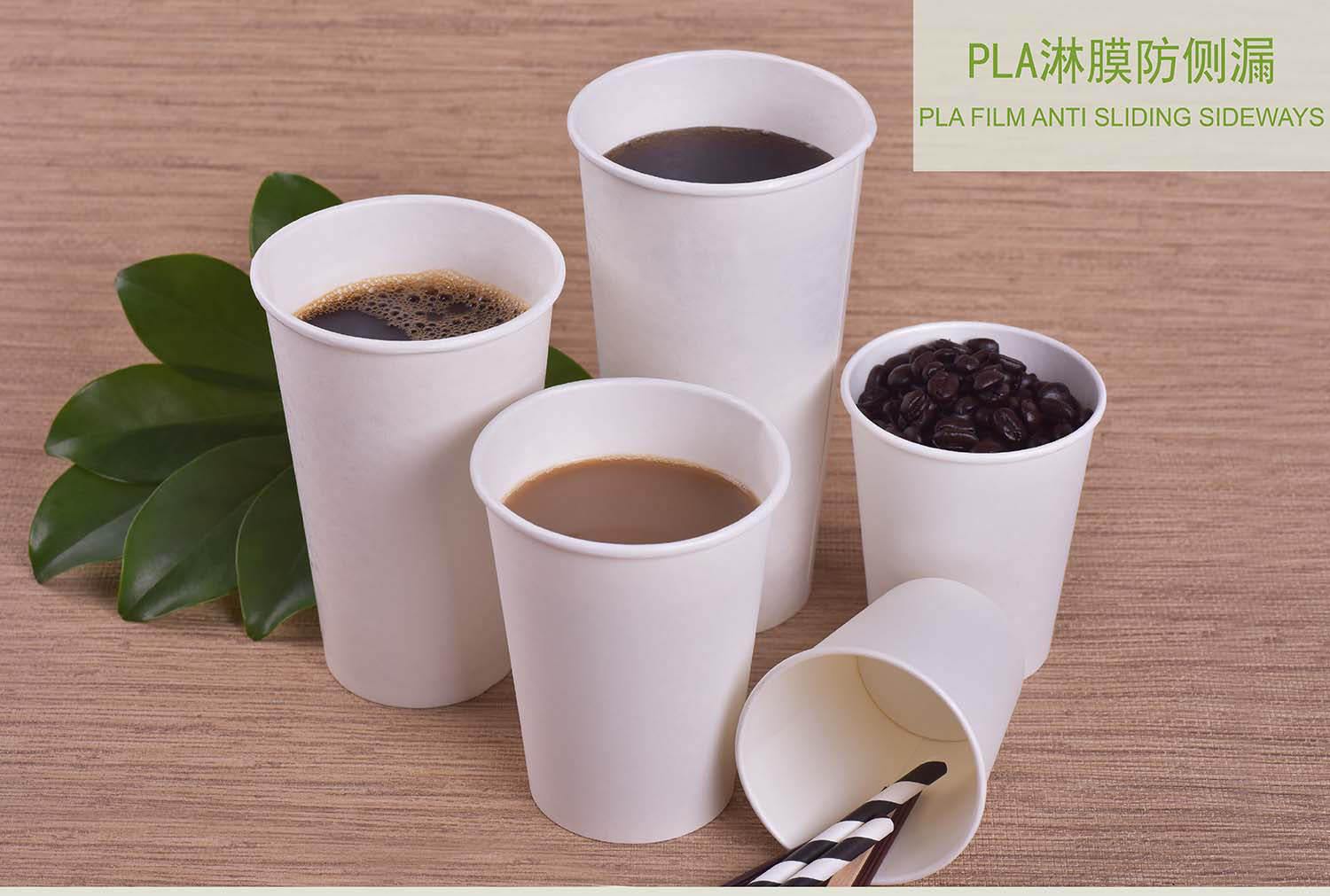
Recycling system: establish a chain of classified recycling and recycling of paper cups.
Segmented scenarios: differentiated products such as child-safe paper cups and thermal insulation paper cups.
Summary
The paper cup market continues to grow under the dual impetus of environmental protection policies and consumption upgrades, but competition is fierce. Future opportunities focus on technological innovation (such as fully degradable materials) and vertical field development (such as high-end customization). Enterprises need to pay attention to policy compliance and explore circular economy models to improve sustainability.
If more specific regional or segmented analysis is required, further explanation can be provided!

 Apr 03,2025
Apr 03,2025